VFR flying at night has its hazards, especially for the beginning private pilot - hazards that are not easily recognized and appear rather suddenly - especially transitioning from day flight to night flight.
Okay, what is night flight? Let's start with FAA's perception of night flight as detailed in
Part 61.57 of th FAA Regulations - "the time between the end of evening civil twilight and the beginning of morning civil twilight, as published in the American Air Almanac, coverted to local time".
Okay, then, what is twilight? On the ground (or airport) twilight is the time between sunset and complete darkness.
At altitude twilight appears as daylight until the sun disappears from your vision. With no clouds you can see the sun setting while you are still in bright daylight (it's a beautiful sight). You keep flying and all of a sudden the sun has disappeared and you are in darkness. There may be lights but (surprise, surprise) your horizon has disappeared. You must now refer to your instruments.
The important thing to recognize and remember is that night flight requires a reference to the ground and the horizon (airport beacons, city lights, airway lights, etc.) to maintain level flight. If you lose that reference, you must use your instruments (attitude and directional displays).
The transition from daylight to darkness in flight can be unsettleing if you havent given it prior thought. Normally, the pilot does not think about night flying being a problem since he is already busy with communications and en route and weather considerations. But, let me advise you, on cross-country flights you will find some areas in complete darkness, requiring flight solely by instruments.
And before long - you will probably decide to get your instrument rating.
Tuesday, May 15, 2007
Subscribe to:
Post Comments (Atom)

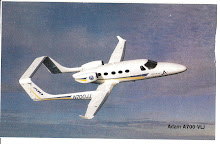

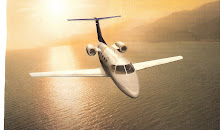


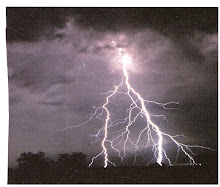

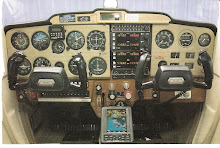
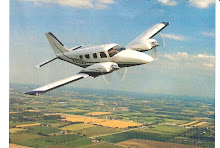
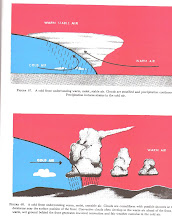
No comments:
Post a Comment